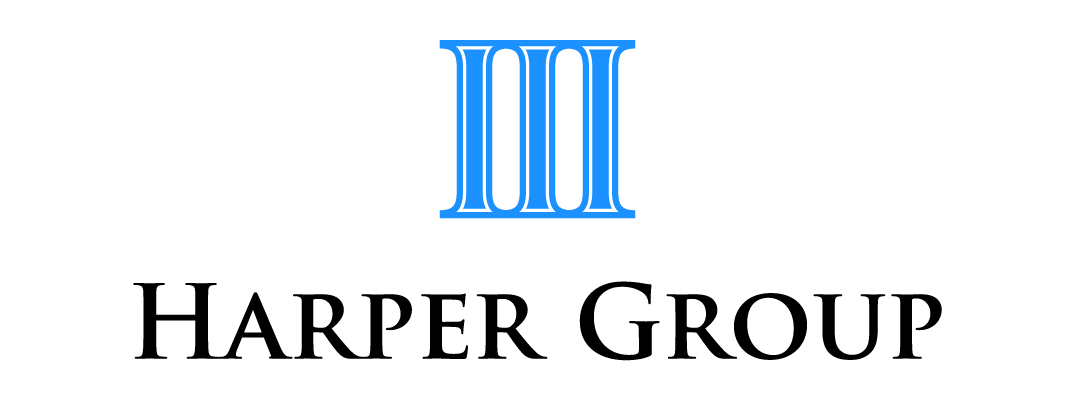FBT and cars – a perennial head-scratcher
The provision of cars by employers to employees remains an issue that continues to create confusion for some business taxpayers. A not-uncommon situation is where the employer fails to identify that a car fringe benefit has been provided.
This is typically found in family companies or trusts where a car bought by the business is provided to one of the owners who is also an employee (or that person’s “associate” – say a spouse or child). Remember, a director is still considered an employee.
The ATO is the past has undertaken data matching activities with state base road registration authorities to identify newly registered vehicles under a company or trustee’s name and issue amended assessments where the car has been provided to an employee (or an associate of the employee).
The default statutory formula would be adopted in calculating the resulting FBT liability. This could be costly where the car is considered a luxury motor vehicle. It is therefore important to identify whether there are any vehicles held by a business and whether they are provided for use in the personal capacity of any employee or their family members.
Another issue that can present problems with respect to the provision of car fringe benefits is whether valid log books have been properly maintained (where the employer has relied on the log book method in valuing car fringe benefits). Again, this is most relevant for family businesses where record keeping may not be up to scratch.
We understand that the ATO is reviewing log books being maintained for vehicles where there has been a high business use percentage. If you have adopted such an approach, it’s important that you have maintained and kept the appropriate log books. Failure to do so could result in the statutory formula method being required by the ATO to be used, which will ultimately give rise to a higher FBT bill.
If you have any questions in relation to the ATO’s recent activities, please contact this office.
Simplified approach for valuing car fringe benefits for fleets
During the FBT year, a simplified approach for calculating car fringe benefits for fleet vehicles was announced by the ATO. This change applies to the 2017 and later FBT years.
The new rules specifically apply to:
· an employer with a fleet of 20 or more cars
· the cars are “tool of trade” cars
· the employees are mandated to maintain log books in a log book year
· the employer holds valid log books for at least 75% of the cars in the log book year
· the cars are of a make and model chosen by the employer, rather than the employee
· each car in the fleet had a GST-inclusive value less than the luxury car limit applicable at the time the car was acquired, and
· the cars are not provided as part of an employee's remuneration package (for example, under a salary packaging arrangement), and employees cannot elect to receive additional remuneration in lieu of the use of the cars.
If the above is satisfied, a business can apply an average business use percentage to all tool of trade cars held in the fleet in the log book year and the following four years.
The average business use percentage is determined by:
· gathering all log books kept for each car in the fleet
· determining which of those log books are valid
· confirming that the employer has valid log books for at least 75% of the cars in the fleet, and
· calculating the average of the business use percentages determined in accordance with each of the valid log books.[
An example from the ATO-issued guidelines is reproduced below:
Employer with valid log books for 80% of the fleet
An employer with a fleet of 50 cars and a mandatory log book policy decides to apply the fleet car simplified approach. They confirm that all cars in the fleet meet the required criteria and 40 cars in the fleet have a valid log book (which exceeds the 75% valid log book requirement). The employer then uses those log books to calculate the average business use percentage as 85%.
The employer can use the average business use percentage of 85% for a five year period to calculate the taxable value of car fringe benefits provided in respect of the fleet.
Harper Group Pty Ltd Chartered Accountants Frankston Ph 03 9770 1547
Disclaimer: All information provided in this article is of a general nature only and is not personal financial or investment advice. Also, changes in legislation may occur frequently. We recommend that our formal advice be obtained before acting on the basis of this information.
